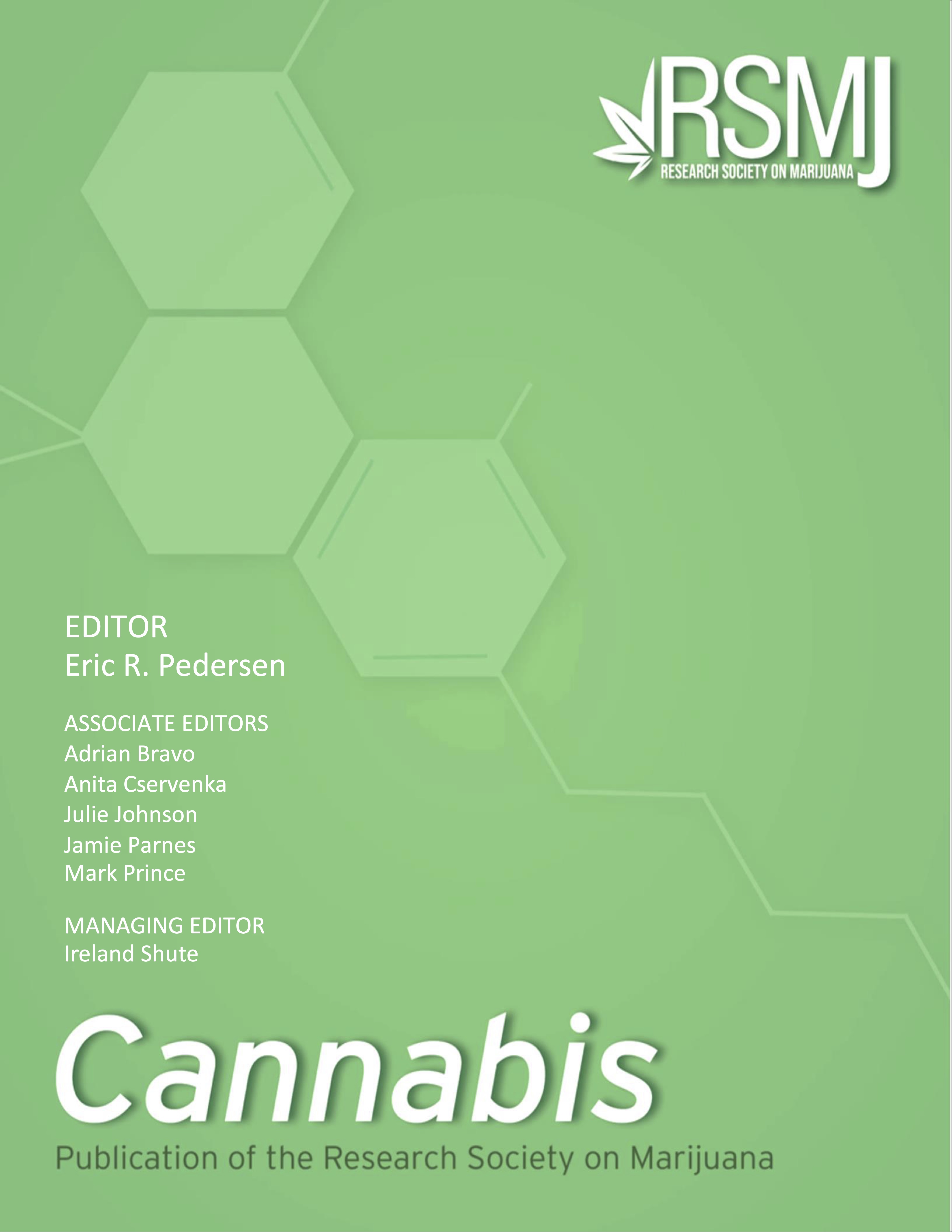Current and Projected Cannabis Demand Predict Future Consumption in Young Adults Who Use Cannabis
Abstract
Objective: Cannabis demand, as measured by the Marijuana Purchase Task (MPT), holds associations with concurrent cannabis consumption and associated risks (e.g., cannabis use disorder [CUD]). As few studies have examined prospective associations between cannabis demand and future cannabis use, the current study examined this association in young adults who use cannabis. In addition, the present study explored the novel construct of projected future cannabis demand and its associations with future cannabis use. Method: Participants first completed a current Time1 (T1) MPT, projected future Time2 (T2) MPT (i.e., “three months from now”), and measures of past-month cannabis use frequency and CUD symptoms during an initial session. They returned three months later (T2) to complete a current T2 MPT and measures of cannabis use and CUD symptoms. Results: Measures across the three MPTs (observed T1, projected future T2, and observed T2) indicate relatively stability of demand across time and accuracy in projecting future demand. Prospective associations between T1 demand measures and cannabis use were observed, with both observed T1 and projected future T2 demand measures associated with T2 cannabis use frequency. Conclusions: Results of the current study highlight the potential of current and projected future cannabis demand measures to better understand the trajectory of cannabis use in this high-risk population.
Downloads
Additional Files
Published
Issue
Section
License
Copyright (c) 2025 Rebecca Kurnellas, Cassandra A. Sutton, Daiil Jun, Hailey Taylor, Aaron P. Smith, Ricarda Foxx, Ali M. Yurasek, Richard Yi

This work is licensed under a Creative Commons Attribution-NonCommercial-NoDerivatives 4.0 International License.

